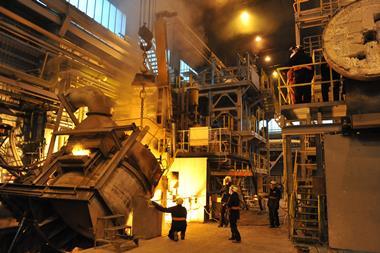One of GK Chesterton’s most beloved legacies is his Father Brown detective stories featuring the titular priest as its apparently naïve but fiercely intelligent hero. His other enduring legacy is his fence. Chesterton’s fence is the principle that anyone looking to reform a system should understand why this ‘fence’ is there before they attempt to alter or remove it. Making this effort before enacting any changes should help to head off any unintended consequences that might result from destroying any ‘fence’.

This idea of thinking first and moving cautiously appears increasingly old-fashioned and dated today. It is the antithesis of the ‘move fast and break things’ playbook employed by Silicon Valley moguls and many populists. Unfortunately, we all suffer from their destruction of valuable institutions before they’ve made even the most cursory attempt to understand why they exist – if they care at all.
For the latest examples of this ignorance, we must return to the US for some of the most egregious instances of short-sightedness. The Trump administration has been busy lately firing employees at numerous government agencies. Eye-opening moments include laying off hundreds of staff at the National Nuclear Security Administration (NNSA), which oversees the US’s nuclear weapons stockpile and secures nuclear materials around the world. Cue panicked emails to managers at the Department of Energy that read ‘STOP ALL ACTIONS WITH TERMINATIONS’ when it was realised these experts were vital to securing the nation’s nuclear weapons. One NNSA employee told CNN ‘no one has taken any time to understand what we do and the importance of our work to the nation’s national security’.
Other instances include firing scientists from a US Department of Agriculture laboratory network that coordinates the agency’s response to bird flu. This came as the country was still dealing with the serious bird flu outbreak that had driven the price of eggs so high that it had become an election issue. A week later, these scientists were rehired. At the Food and Drug Administration similar scenes have played out with hundreds of staff who review food safety, drugs and medical devices let go, only to be rehired later. What Father Brown’s incisive mind would make of the world’s richest man applying his cut first and think later style of business to government institutions one can only imagine.
While some of the most extreme firings have been reversed, many other government employees have been let go and there’s no sign of this slowing yet. One big problem is that while the loss of some expertise is felt almost instantly, other losses take years to make themselves felt. The impact of losing so many staff at science agencies, along with those at environment and health ones – and the terrible damage it does to morale – will create ripples that will still be felt long after the Trump administration is gone.
Sadly, the US – while an extreme case – is not an outlier. Around the world similar scenes have played out as we’re told people ‘have had enough of experts’. What they’re less keen to tell you is how these experts – many of them chemists or trained in chemistry – help to keep us all safe. Many of these technical staff eschew better paid jobs in the private sector because they believe in the public service that they provide. They deserve our thanks and support, not the opprobrium that these grubby opportunists heap on them.

















No comments yet